Woodworking
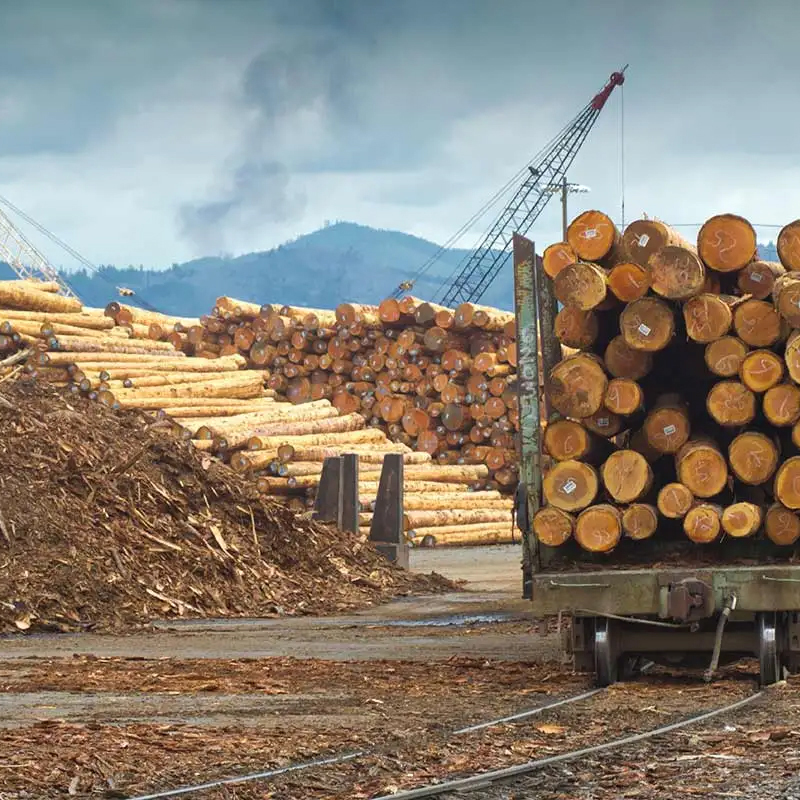
Wood industry and dust: what should I know?
Chips, sawdust, fine dust; you know as well as we do that woodworking generates a tremendous amount of particulates. Where there is dust, there are risks…and standards! Based on your processes, there are multiple factors to consider:
- What types of dust are generated? Hardwood (like birch, aspen and maple) creates finer particulates than softwood (like spruce, pine, or cedar).
- Do hazardous components come into play in your plant? (For example, sawing, drilling, or machining an MDF board exposes workers to very fine dust and Formaldehyde, a carcinogenic ingredient in the resin).
- Is there a deflagration risk associated with the type of particulates in your plant?
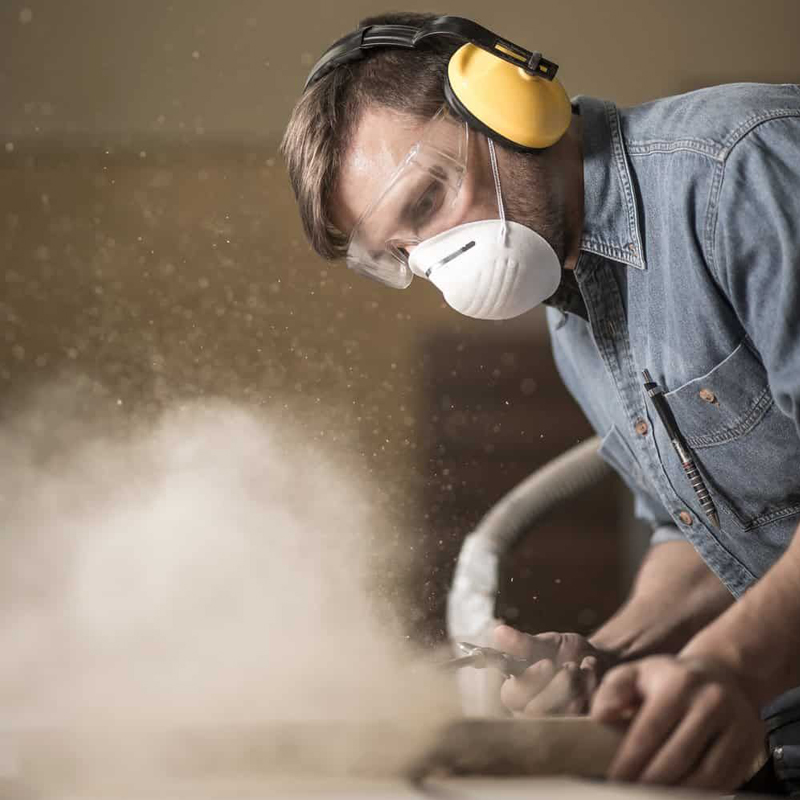
Woodworking: worker safety first
Whether you operate a woodworking plant, pellet plant or carpentry shop, your dust collector is your best ally. If it’s tailored to the specific needs of your company, it can help you protect your workers. Did you know that a number of wood species contain biologically active compounds? Inhaling their dust can, in the short and long term, result in:
- Eye, nose and throat irritations;
- Aggravated allergic reactions;
- Respiratory diseases, such as occupational asthma;
- Cancer of the nasal cavities – especially when the dust is from hardwood.

REDUCE YOUR AIRBORNE CONTAMINANTS RELEASED TO THE ATMOSPHERE
TELL ME HOW
![]()
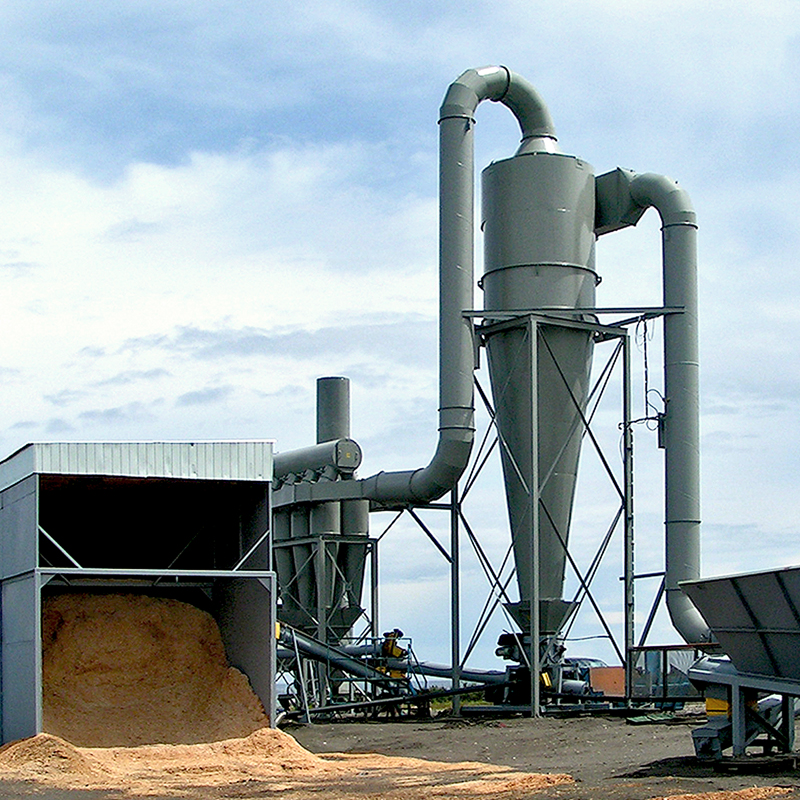
How to minimize the risks of fire and explosion?
In the forestry and wood industries, deflagrations are always a risk. The combustible nature of the dust generated by each phase of the processing makes compliance with the NFPA-664 standard paramount. Our experts know this standard in great detail and can therefore help you put safety devices in place for reducing the risks and consequences of an accident. Therefore, if a deflagration were to occur, the control mechanisms in place would protect your facility and your workforce.
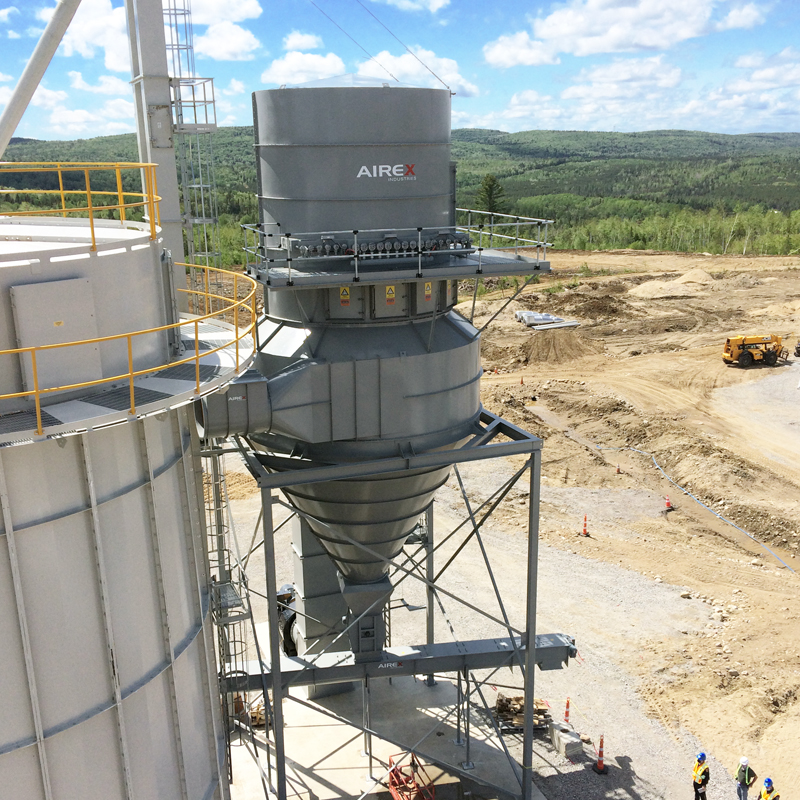
What is the best dust collector for wood?
Arranging and designing a dust collection system for the woodworking industry has its share of challenges. A cyclone dust collector, for example, can be used to filter particles before they are directed to the main system. It is also usually recommended that a dust collection system be used with cartridge or baghouse filters. In other cases, shaker collector is also possible; this is true especially for many workshops in technical or vocational schools.
In our view, the best dust collector is the one that perfectly meets your needs and enables you to save money. Our experts can suggest some sustainable options for you that are well thought out to minimize production shutdowns, repairs, and energy consumption. Here’s an overview of what we can offer you:
- Innovative solutions with an excellent service life, such as our system that manages variable volumes.
- Integrated solutions for recovering the energy used by your drying and pre-drying systems, your steam boilers, and other devices.
- Equipment approved by the ATEX standard for preventing incidents.
- A team consisting of engineers and specialists available to you for breakdowns and preventive maintenance.

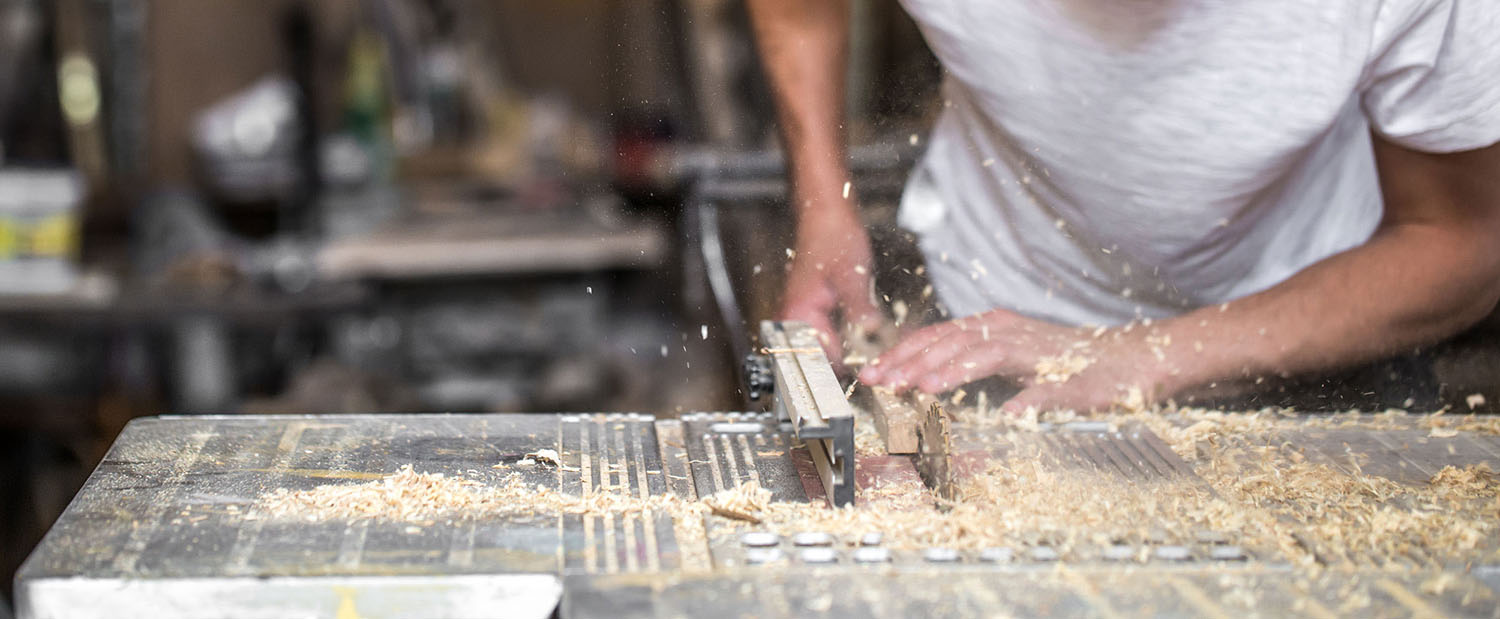

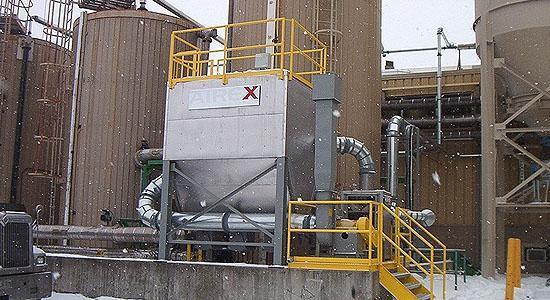
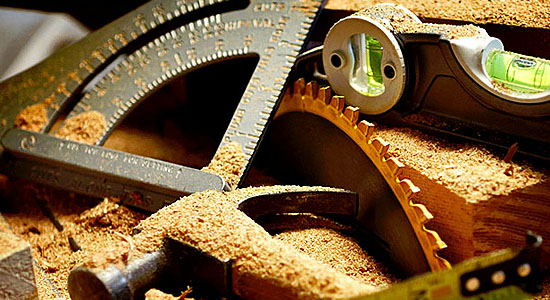

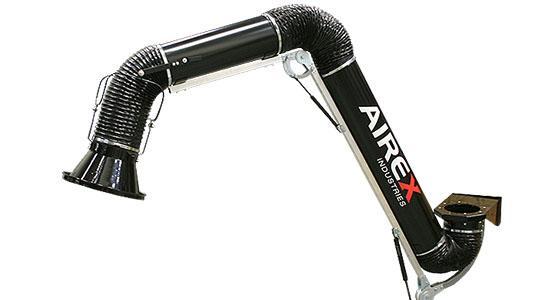
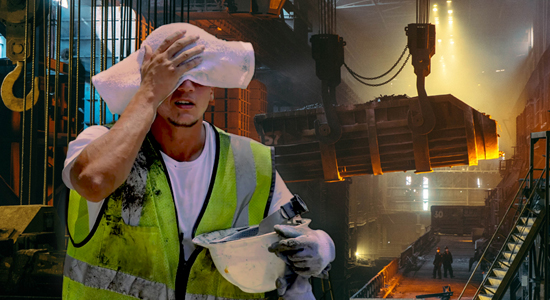

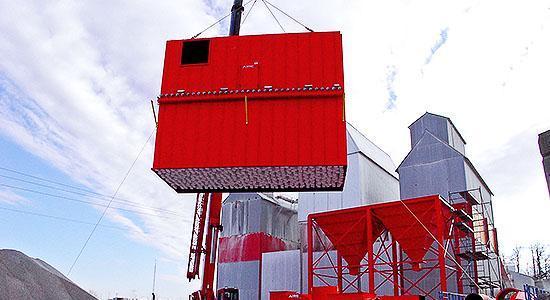
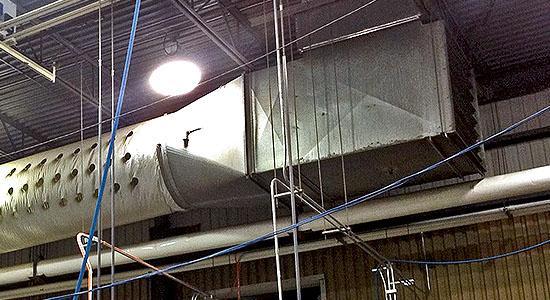

 Not sure what product fits your needs, or you looking for advice about the best solution for your problem?
Not sure what product fits your needs, or you looking for advice about the best solution for your problem?